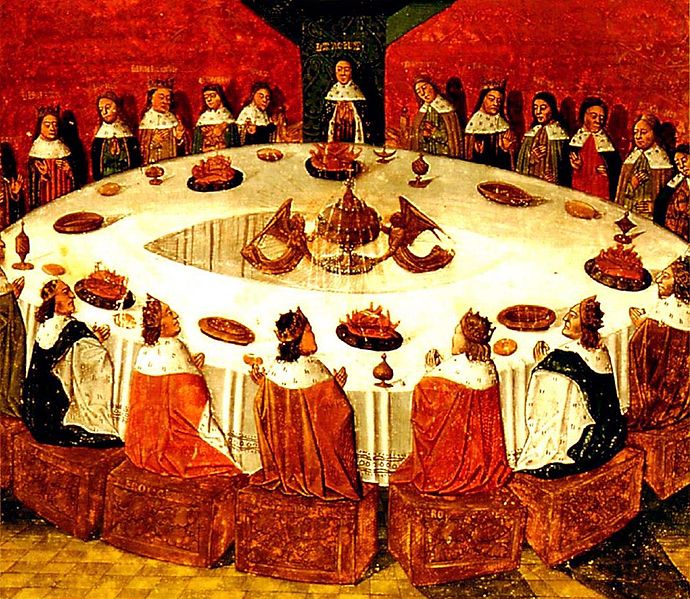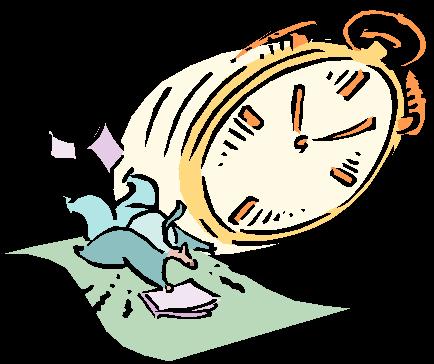Wednesday, September 30, 2009
MY First Blog
This is just a heads-up for those who want to check out this blog that I own and am running, "Fast & Furious Cars". PLEASE VIEW THIS BLOG!!!! It is soooo cool and is an easy way to see ALL the speculations, over-all stat of a car, of some of the coolest cars out on the market. Just view my dashboard (if you can) & click on "Fast & Furious Cars". It should take you right to the page.
Tuesday, September 29, 2009
Morgan Le Fay...
Monday, September 28, 2009
Report Papers
Hi, I just had a quick question. For our report papers (which I am in the middle of writing...it's coming along great so far, I believe!), do we need a certain amount of pages written? I have plenty of information, but I didn't know if I perhaps needed to spread all the info out into three pages, two, five...or amount of choice. Let me know! Thanks!
~Glennellen
~Glennellen
Sunday, September 27, 2009
The Once and Future King
Thursday, September 24, 2009
Treasure found!

Thanks to Donna Day for finding this:
Here's a great Yahoo article and video on a treasure hoard found in England. It dates back to the same time as when Beowulf was written and is thought to be loot taken by a king from lands that he conquered. Copy and paste in the following link: http://news.yahoo.com/s/ap/20090924/ap_on_re_eu/eu_britain_anglo_saxon_gold
Don't forget to watch the video!
Wednesday, September 23, 2009
The Round Table....

The Knights of the Round Table were those men awarded the highest order of Chivalry at the Court of King Arthur. The table at which they met was created to have no head or foot, representing the equality of all the members. Different stories had different numbers of knights, ranging from only 12 to 150 or more.
The first writer to describe the Round Table was Wace, whose Roman de Brut was an elaboration of Geoffrey of Monmouth's Historia Regum Britanniae. The actual table itself was round to represent that each knight was of equal value to the king and thus there was no 'head' of the table, although one understood that Arthur's place was 'the head.' In later writings, the table was said to be a gift to King Arthur from his father-in-law, King Leodogran of Cameliard, as a wedding gift upon the marriage of Arthur to Guinevere.
Monday, September 21, 2009
Falconry....

Falconry or hawking is a sport which involves the use of trained raptors (birds of prey) to hunt or pursue game for humans. There are two traditional terms used to describe a person involved in falconry: a falconer flies a falcon; an austringer flies a hawk.
Historically, falconry was a popular sport and status symbol among the nobles of medieval Europe and feudal Japan; Eggs and chicks of birds of prey were quite rare and expensive, and because the process of raising and training a hawk or falcon requires a great deal of time, money, and space, it was largely restricted to the noble classes. In Japan, there were even strict restrictions on who could hunt which sorts of animals and where, based on rank within the samurai class. In art and in other aspects of culture such as literature, falconry remained a status symbol long after it was no longer popularly practiced. Eagles and hawks displayed on the wall could represent the noble himself, metaphorically, as noble and fierce. Woodblock prints or paintings of falcons or falconry scenes could be bought by wealthy commoners, and displayed as the next best thing to partaking in the sport, again representing a certain degree of nobility.
Here's a list of the types of birds used. You'll see some of these names in The Once and Future King:
Goshawks are excellent hunters, and were once called the "cook's hawk"; but they can be willful, unpredictable and sometimes hysterical. Rabbits are bolted from their warrens with ferrets, or approached as they lie out. The acceleration of a short-wing from a stand-still, especially the Goshawk, is astonishing and a rabbit surprised at any distance from its burrow has little hope of escape. Short-wings will dive after their quarry into cover, where the tinkling of their bells is vital for locating the bird. In many cases, modern falconers use radio telemetry to track their birds. Game birds in season and a wide range of other quarry can be taken.
Sparrowhawks were formerly used to take a range of small birds, but are really too delicate for serious falconry and have fallen out of favour now that American species are available.
Long-winged falcons usually fly only after birds. Classical game hawking saw a brace of peregrine falcons flown against grouse, or merlins in "ringing" flights after skylarks. Rooks and crows are classic game for the larger falcons, and the magpie, making up in cunning what it lacks in flying ability, is another common target. Short-wings can be flown in wooded country, but falcons need large open tracts where the falconer can follow the flight with ease. Medieval falconers often rode horses but this is now rare.
New Due Date for Paper...
Thursday, September 17, 2009
Who is Merlin?

In The Once and Future King, Merlin is portrayed as a sometimes bumbling Magician who is living life backwards in tim; therefore, he has lived the future and knows the fate of all.
Here is a description from Sparknotes:
Merlyn - A magician who has already lived the future, so he knows what is going to happen next. Merlyn is Arthur’s tutor and friend. Arthur’s creation of the Round Table and a more civilized England is largely due to Merlyn’s influence. Although Merlyn is powerful, he is also kind and a little absentminded.
Wednesday, September 16, 2009
Who was King Arthur?

The name “King Arthur” brings to mind certain images when we hear it. We think of King Arthur as a
brave, kind, honest—an almost magical figure that tried to make a perfect kingdom for his people. The
King Arthur legend, which seems to have originated in England in medieval times, is an example of myth.
The romantic story of King Arthur and his knights is so appealing that many poems, stories, books, and
films have been created with this theme. But who was King Arthur? Was he a fictional character, or a real
man? How has his story influenced society’s values and ideals, especially the notions of chivalry and
honor? Here is one opinion regarding who he was:
“There is much debate whether Arthur was an actual historical person. There is no
absolute evidence, but it is possible that Arthur was a Briton or Romano-Briton king who led the
Celts against the Anglo-Saxons in the early 8th century (Americana, Arthurian Romances, 1972).
The kings of the medieval period were warlords that protected a particular area of land. They
surrounded themselves with knights, or thanes, who swore allegiance in battle in exchange for gifts
of gold, armor, and land. There are stories that depict Arthur in this role, similar to that of Beowulf
and Hrothgar in the poem Beowulf. However, later stories show Arthur in a different light. There are
three basic character descriptions of Arthur: Arthur as epic hero, Arthur as symbol of the virtues of
Camelot, and Arthur as Victim of Fate.”
Friday, September 11, 2009
Chat Room and Web Updates
Anyone wishing to chat here is willing. Nothing too insulting to anybody, because it could cause a fight @ class, probably just verbal jousting, but still. Oh, and check here for updates on the world-leading web sites (limited info) or just to chat. I don't really care what you talk about, but remember, whatever you type is avalible for anyone to see, so, beware what you type.
Friday, September 4, 2009
Yaasas from Greece...
Yaasas is hello in Greece, which is where I am right now. We went to the archaelogical museum and saw real gold torques like the ones the king gave out to his thanes in Beowulf. We also saw helmets like the ones Bewoulf wore. I took pictures to show you in class.
Have a good week,
Ms. Michelle
Have a good week,
Ms. Michelle
Subscribe to:
Comments (Atom)



